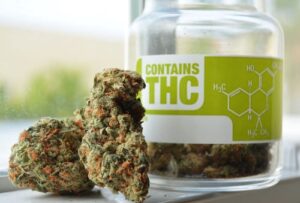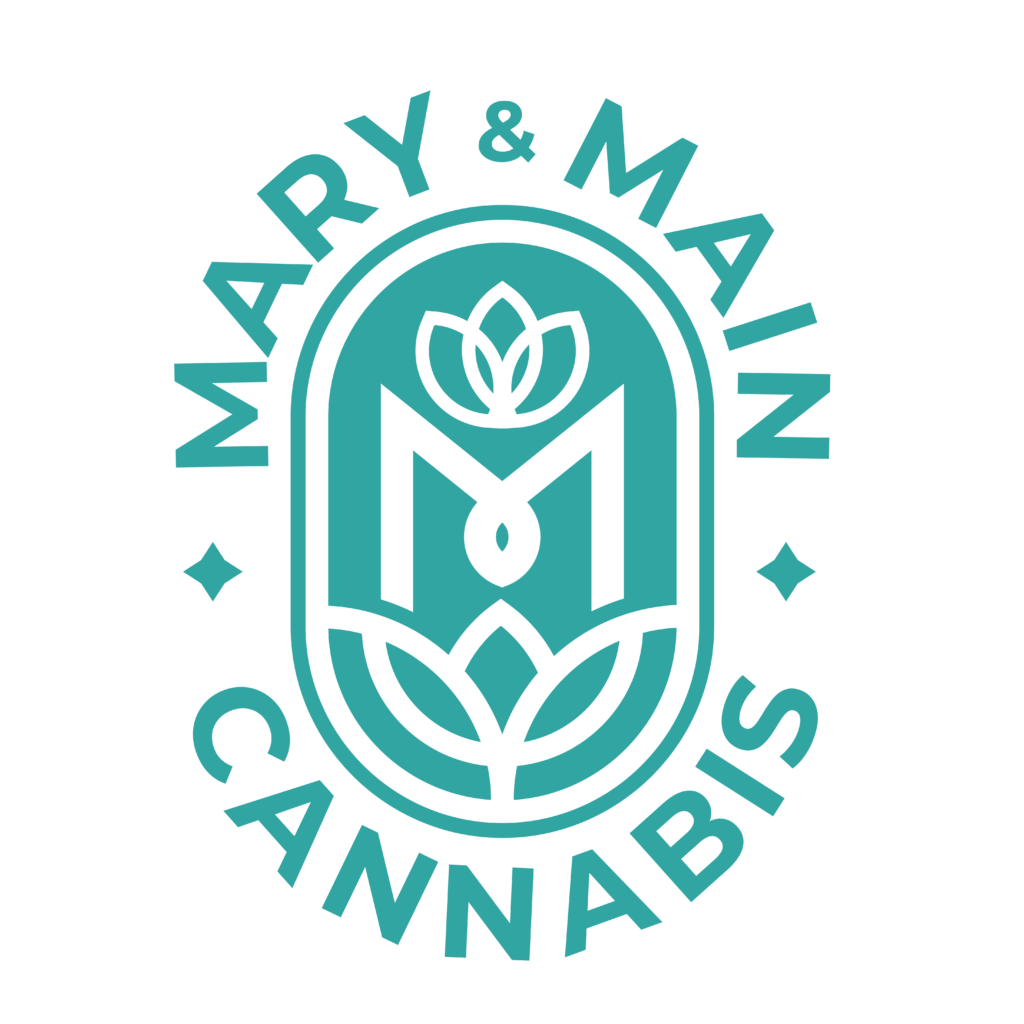CBD can offer a host of health benefits. Known to reduce pain, offer anxiety relief, and more, it can do more than just get you high. But the specific effects of CBD can depend on the strain you’re using, so it’s a good idea to know what you should expect when taking particular strains of CBD.
What are High CBD Strains?
While most CBD on the market comes from industrial hemp and has only trace amounts of THC, there are marijuana strains that have a higher ratio of CBD to THC. These include:
-
Indica
-
Ruderalis
-
Hybrid (sometimes)
These strains may be specifically bred to have more CBD than THC to produce particular effects.
How Do High CBD Strains Affect You?
Each strain has its own typical effects, but in general, a cannabis strain with high CBD will offer more therapeutic effects than a high like you’d get with a high THC strain. Often, high CBD strains offer relaxation, stress and anxiety relief, and may help manage pain and symptoms from chronic conditions.
-
Indica: This strain is known for being especially relaxing and is best taken at night when you’re ready to wind down for the day. Users may be able to reduce pain and nausea and may experience an increase in appetite.
-
Ruderalis: Not commonly known or used, ruderalis isn’t especially potent. But it grows well, so it may be combined with indica or sativa strains. Ruderalis can help with anxiety, epilepsy, and other uses for CBD. Typically with very mild effects, ruderalis strains may be used day or night.
-
Hybrids: Hybrid strains are made from combining two or more cannabis plants. The ratio of CBD to THC depends on the strain, but producers can select hybrids for their specific effects, which can range from stress and anxiety reduction to easing symptoms for cancer patients. Hybrids may be classified as dominant in indica or sativa, or may be a fairly similar ratio.
Using CBD for Therapeutic Effects
In general, CBD is used for health and therapeutic effects, while THC is more recreational due to its euphoric effects. But there are many ways to use CBD. Consider these tips when getting started with CBD:
-
Taking CBD: There are many different ways to take CBD. You can use a CBD vaping device, take pills, consume edibles, take oil drops, or even just rub it on your skin. Inhalation methods such as vaping can help CBD enter the bloodstream quickly, which is helpful if you need quick relief. Oil drop tinctures can be fast, too. Generally, edibles will take longer, but may produce a more sustained effect.
-
Check for quality: Not all CBD is made the same. If you’re looking for the effects of CBD in particular, make sure the product you’re using has the level of CBD you want. That means looking at third party analysis of purity and levels of CBD and THC along with any contaminants. Look for a certificate of analysis.
-
Understand dosages: Generally, you don’t need much CBD to get the effect you need. Most CBD products will come with dosage guidelines, but if you’re in doubt, shoot for about 1 to 6 mg per 10 pounds of body weight. You can start with the lowest dose recommended, then work your way up if needed.
-
Discuss CBD use with your doctor: CBD can be an effective therapy for many conditions and can work concurrently with other treatments. However, it can produce side effects, particularly when combined with other drugs, so it’s a good idea to loop in your doctor and discuss how you can use CBD to alleviate symptoms.
CBD’s therapeutic effects can be helpful for many conditions. Look for strains with a high CBD ratio to get the benefits of CBD without so much of the high of THC.
Amelia Noble is a researcher with the CBD Awareness Project. When she’s not working, you can find her playing board games.






